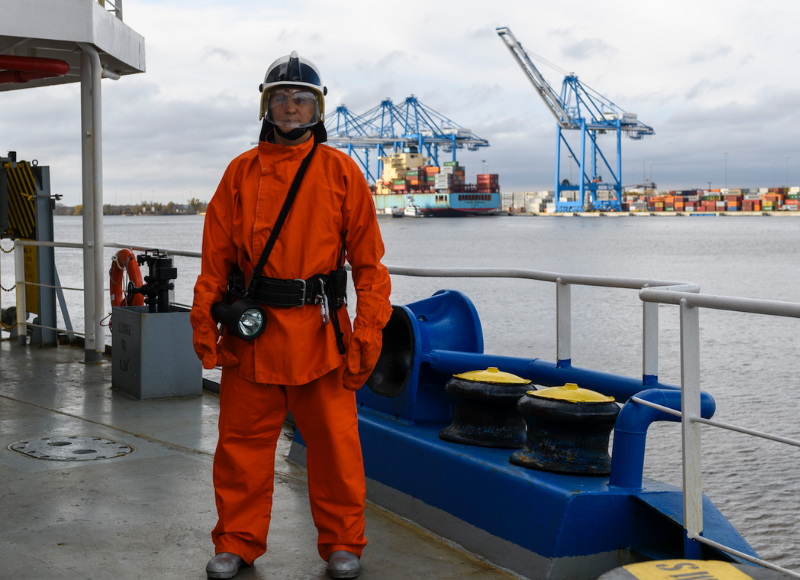
Course in
Dangerous, Potentially Dangerous and Harmful Cargoes
Duration
Modality
Course Description
The course of Dangerous, Potentially Dangerous and Harmful Cargoes It belongs to the minimum training requirements and basic safety instructions for all seafarers, in accordance with the provisions of Regulations II/1, II/2 and II/3, sections A-II/1, A-II/2 and A-II/3, and tables A-II/1, A-II/2 and A-II/3 of the amended STCW '78 Convention and its STCW Code.
- To qualify ground personnel involved in the transport of goods, in accordance with the International Maritime Dangerous Goods Code (IMO-IMDG) and associated national and international legislation.
- Know the main international agreements regarding hazardous substances.
- Apply the regulations of the IMDG Code.
- Know and apply the physical and chemical classification of hazardous substances.
- Know the division of hazardous substances according to UN recommendations and the IMDG Code.
- Know and apply the types of packaging.
- Know and apply cargo consignment procedures.
- Master the IMDG Code recommendations regarding work in ports upon arrival of dangerous goods.
- Understand the importance of updating the IMDG Code.
- Professionals in all disciplines related to the activities of the maritime cluster.
- University professionals at the bachelor's or higher technical level, in maritime, port, and related fields.
- Students and professionals from all areas who wish to expand their knowledge, skills, and abilities in the maritime port sector.
- Professionals with field and/or work experience in the export of maritime cargo classified as dangerous goods and individuals who will assume responsibilities as shippers, consignors, etc.
- Valid identification (ID for Panamanians / passport for foreigners).
- Valid medical certificate (the certificate must be issued by a clinic authorized by the Panama Maritime Authority – AMP).
- Brief training as established in point 1.3.1 of the IMDG Code (transport of dangerous goods by sea), for workers on land and at sea.
Module 1: Introduction to IMO and IMDG
Hourly intensity: 1.5 theoretical hours.
Module 2: General provisions, definitions and training
Hourly intensity: 1.5 theoretical-practical hours.
Module 3: Classification (IMDG Code Chapter 2.0 – 2.10)
Hourly intensity: 4.5 theoretical-practical hours.
Module 4: List of dangerous cargo
Hourly intensity: 3.0 theoretical-practical hours.
Module 5: Provisions for containers, packaging and tanks
Hourly intensity: 2 theoretical hours.
Module 6: Remittance procedures
Hourly intensity: 6 theoretical-practical hours.
Module 7: Construction and testing of containers / packaging
Hourly intensity: 2 theoretical-practical hours.
Module 8: Provisions concerning transport operations
Hourly intensity: 9 theoretical-practical hours.
Email: educacioncontinua@umecit.edu.pa
Phones: 6855-3946 / 6859-4692 / 6499-1819
Contact us and start now
Headquarters C Panama Masters
Phone: 263-2519 Eusebio A. Morales Street, Bella Vista.
La Chorrera Headquarters
Phone: 254-1141 Ave. de Las Americas, Plaza Nueva Orleans.
Chitre Headquarters
Phone: 996-4260 In front of the Herrera park.
Santiago Headquarters
Phone: 998-0363 2nd street diagonal to vector control.
David Headquarters
Phone: 788-0018 / 788-0019
Mariví Building, Ave. Francisco Clark, David.

